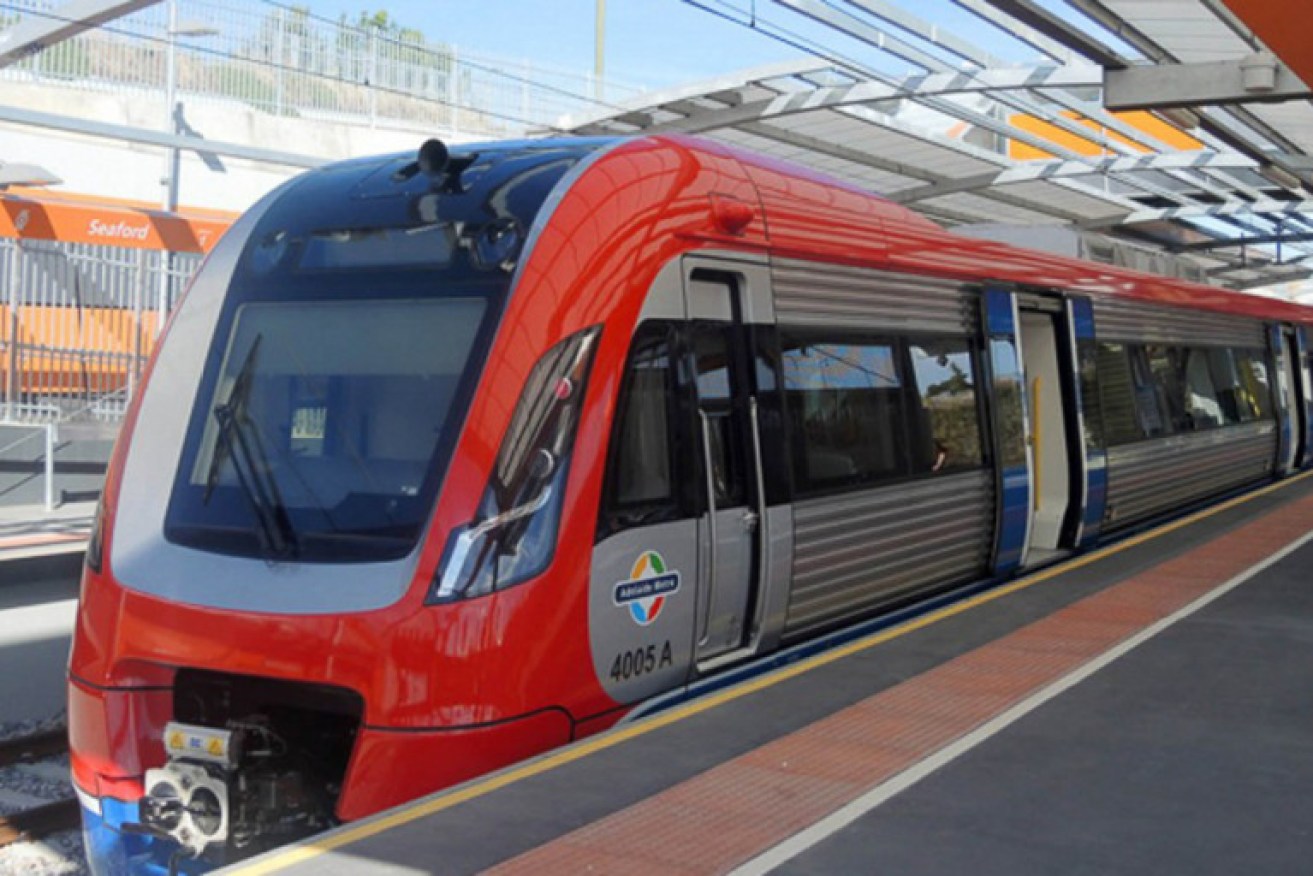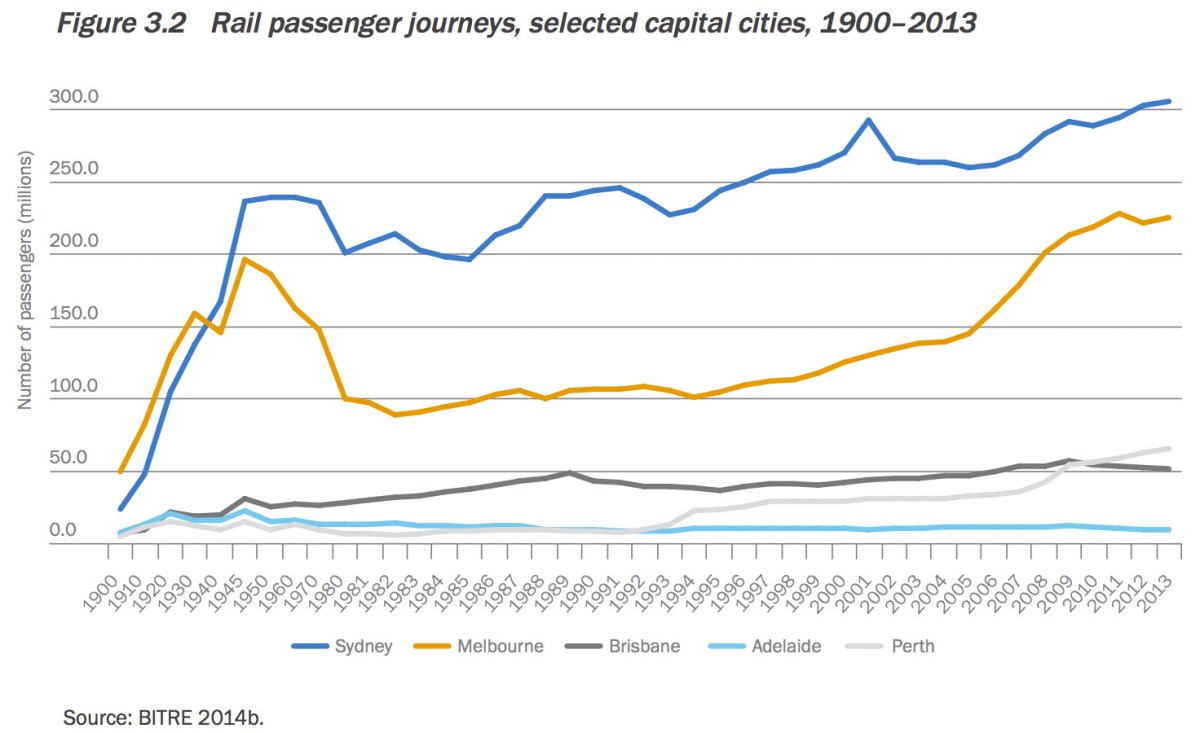Despite their daily battle with traffic, buses are now a more reliable form of transport than trains in South Australia.
An InDaily analysis of Adelaide Metro figures shows that bus services were “on-time” more often than train services during eight out of the past 12 weeks.
These figures – published weekly since April – are at odds with historical trends, with train services significantly outperforming bus services for on-time running since at least 2010, according to the Budget papers.
Only the Seaford line – “on time” for 95.7 per cent of trips – competed favourably with bus services last week.
The worst performers were the Belair and Outer Harbour lines, which arrived on-time on less than 90 per cent of occasions last week.
Opposition transport spokesperson Corey Wingard said poor reliability among South Australian train services – the Belair and Outer Harbour lines in particular – was hampering efforts to attract people to public transport.
“Given the hundreds of millions of dollars have been invested in the train system, to have those sort of figures are really disappointing,” he said.
“Reliability is what drives people to public transport.
“Services have to be above 90 per cent – it’s just a given.
“This is below par on whatever measure you look across the country.”
However, Transport Minister Stephen Mullighan defended the performance of the state’s public train services.
“This government has been investing heavily in improving the rail network and services and this is bearing results: total rail patronage continues to rise steadily with 1.1 million more journeys being taken on our train network in 13/14 compared to 2001/2002,” he said.
Mullighan said last week’s figures were affected by industrial action.
Adelaide Metro has differing definitions of “on-time” for buses and trains.
Buses are considered “on-time” if they are no more than 4 minutes 59 seconds late, while trains are considered “on-time” if they are no more than 5 minutes 59 seconds late.
Wingard said South Australian transport services used the most liberal definitions of “on-time” in the country.
“We’ve got very generous measures and we still can’t meet the targets,” he said.
Wingard said the improved performance of buses was impressive.
“Companies running the buses have been doing a much better job; there is no doubt about that,” he said.
Meanwhile, the latest State of Australian Cities report has revealed, despite population growth, the number of railway journeys taken each year in Adelaide has remained almost constant since Federation.
Apart from a peak during the late 1940s, the number of journeys taken on public railways in Adelaide has flatlined over the century.
By comparison, railway journeys taken annually in Perth, Brisbane, Melbourne and Sydney have increased substantially over the century, the Commonwealth Department of Infratructure and Regional Development report shows.
Mullighan told InDaily: “Public transport use has traditionally been lower in SA due to the promotion of car travel since the 1940s, especially with the removal of train and tram lines in the city and suburbs in the 1950s, 60s and 70s and the increases in the road network.”







